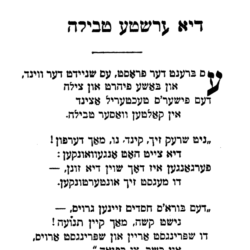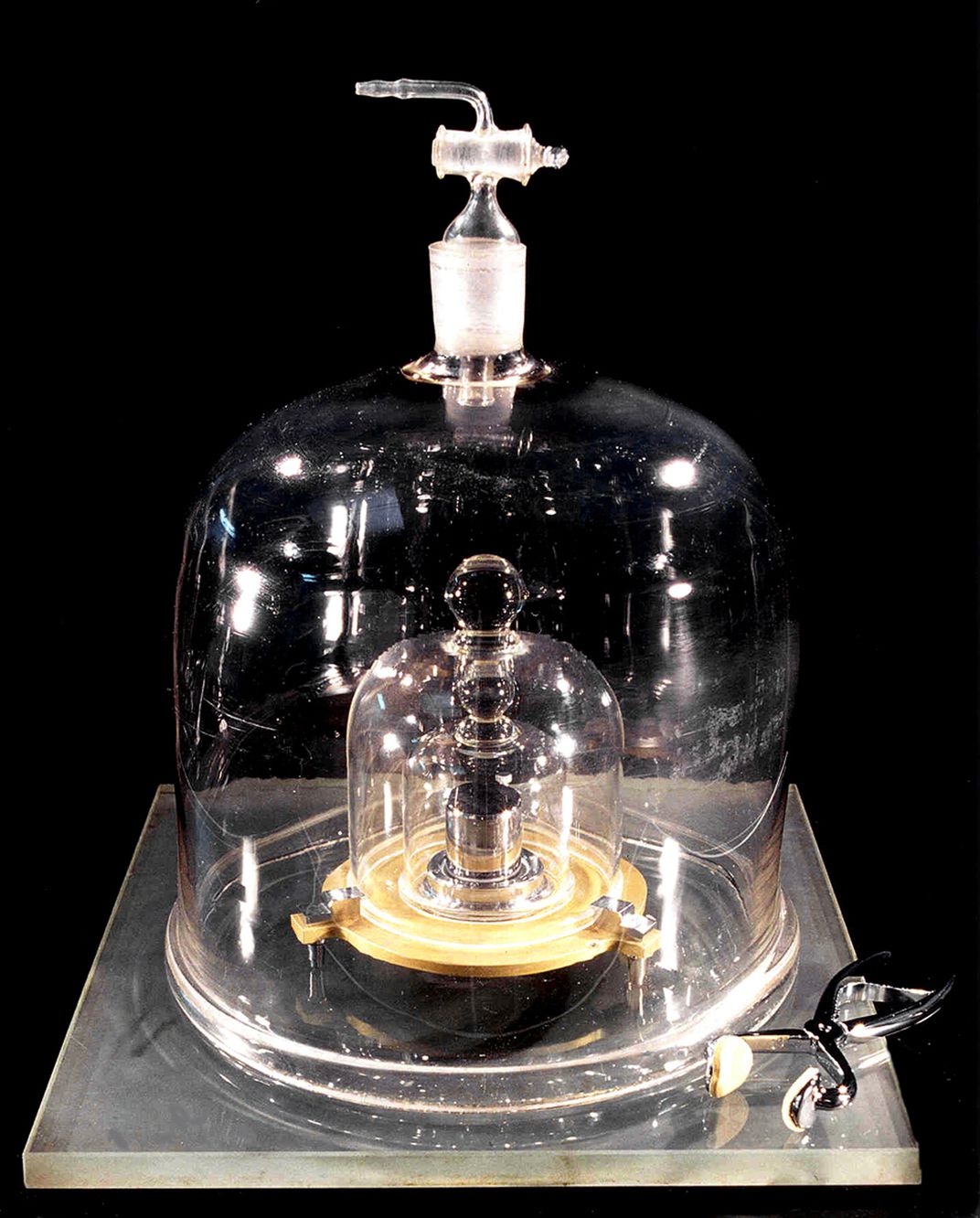the Open Siddur Project ✍︎ פְּרוֹיֶּקט הַסִּדּוּר הַפָּתוּחַ
a community-grown, libre Open Access archive of Jewish prayer and liturgical resources
This project is sustained through reciprocity for those sharing prayers and crafting their own prayerbooks.
Get Involved ✶ Upload Work ✶ Donate ✶ Giftshop בסיעתא דשמיא |
דיא ערשטע טבילה | Die erste Twile | The First Bath of Ablution, a prayer-poem by Morris Rosenfeld (before 1898)This is the poem “דיא זרשטע טבילה” by Morris Rosenfeld (1862-1923) written sometime before 1898. We have transcribed the poem as it was published in Rosenfeld’s collection of poems Gezamelṭe lieder (1906) pp. 167-168. The poem was romanized and translated into English by Leo Wiener and published under the title, “Die erste Twile (The First Bath of Ablution)” in Songs from the Ghetto (1898), pp. 52-55. A rhyming translation by Rose Pastor Stokes & Helena Frank under the title, “The First Bath of Ablution” was published in Songs of Labor and Other Poems (1914), pp. 72-73. . . . This tkhine offers a formula for providing relief to a very ill person, and as such, should only be used as a supplement to recommendations provided by an expert physician or nurse. The source of the tkhine is Tkhine of a Highly Respected Woman, Budapest, 1896; and transcribed from The Merit of Our Mothers בזכות אמהות A Bilingual Anthology of Jewish Women’s Prayers, compiled by Tracy Guren Klirs, Cincinnati: Hebrew Union College Press, 1992. . . . Rabbi Zalman Schachter-Shalomi’s translation of Psalms 10 was first published in Psalms in a Translation for Praying (Alliance for Jewish Renewal, Philadelphia: 2014), pp. 12-13. . . . 📜 פָּרָשַׁת כִּי־תֵצֵא | Parashat Ki Tetsei (Deuteronomy 21:10-25:19), color-coded according to its narrative layersthe Plains of Moav, anti-predatory, 7th century B.C.E., predatory nature, 34th century A.M., sexual predation, let's review, mythopoesis, פרשת כי־תצא parashat Ki Tetsei, supplementary hypothesis, annual Torah reading cycle, פרשת השבוע Parashat haShavua, צער באלי חיים tsa'ar baalei ḥayyim, redaction criticism, predation, פרשות parashot, predatory gaze The text of parashat Ki Tetsei, distinguished according to the stratigraphic layers of its composition according to the Supplementary Hypothesis. . . . 📜 פָּרָשַׁת כִּי־תָבוֹא | Parashat Ki Tavō (Deuteronomy 26:1-29:8), color-coded according to its narrative layerspredatory nature, 7th century B.C.E., sexual predation, 34th century A.M., curses, let's review, mythopoesis, פרשת כי־תבוא parashat Ki Tavo, supplementary hypothesis, amen, blessings, annual Torah reading cycle, צער באלי חיים tsa'ar baalei ḥayyim, פרשת השבוע Parashat haShavua, predation, redaction criticism, predatory gaze, פרשות parashot, anti-predatory, the Plains of Moav The text of parashat Ki Tavo, distinguished according to the stratigraphic layers of its composition according to the Supplementary Hypothesis. . . . |




